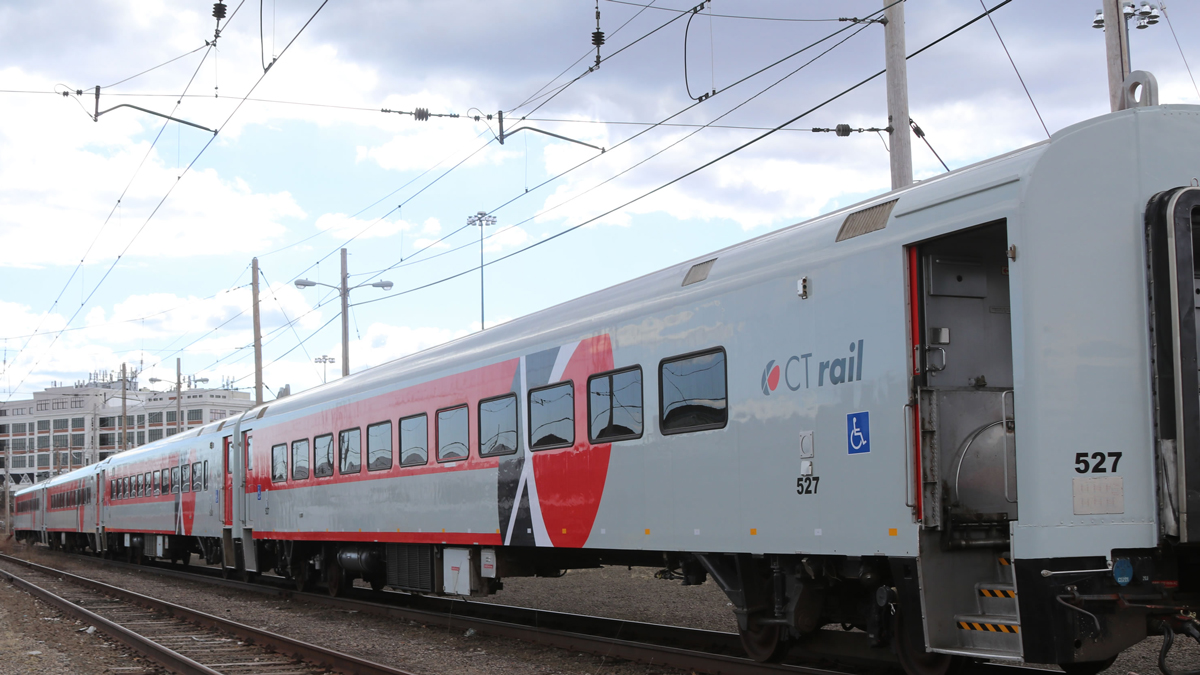Off a short road in Westbrook lies a gateway to the United States’ history of space exploration, and Connecticut’s unique place in that history.
“This is sort of a hidden gem in that regard,” said Leighton Lee III, the curator and founder of the Museum of Early Engineering and Technology.
The museum features over 1,000 artifacts, big and small, all related to human spaceflight, and the pursuit of space - everything from lunar module thrusters to Saturn rockets, fuel tanks to a nuclear reactor that was meant to be transported to space.
The artifacts were collected over the course of two decades, and many which were found on eBay.
Lee says Connecticut’s legacy manufacturing parts for the space program is a significant one.
“There were people making space suits and people like us making machine parts and you know almost anybody who had some skillset in this sort of work was involved in some way or another,” he said, sitting in what Lee refers to as “the garage.”
Lee’s family played an integral part, along with about a dozen other Connecticut companies, big and small, to ensure the rockets were safe, and that the astronauts landed on the moon and returned to Earth without any issues. The Lee Company manufactured many small components which made their way into space for the Apollo missions, and for just about every space exploration or delivery missions since, including SpaceX.
Local
“One of the parts we’re most proud of,” Lee said, “was a restrictor which went in the backpack of the astronauts when he was walking on the moon and it had a role to play in case a piece of dirt or something jammed the oxygen supply, this would limit the flow to the astronaut, thereby limiting its reserve before he could get to safety.”
All of the parts in Leighton’s museum were tested and ready to go into space as a replacement. He says he expects future Lee products to also end up on the moon, and beyond.
“We’re pretty well on the way toward being on the next space program stuff.”



